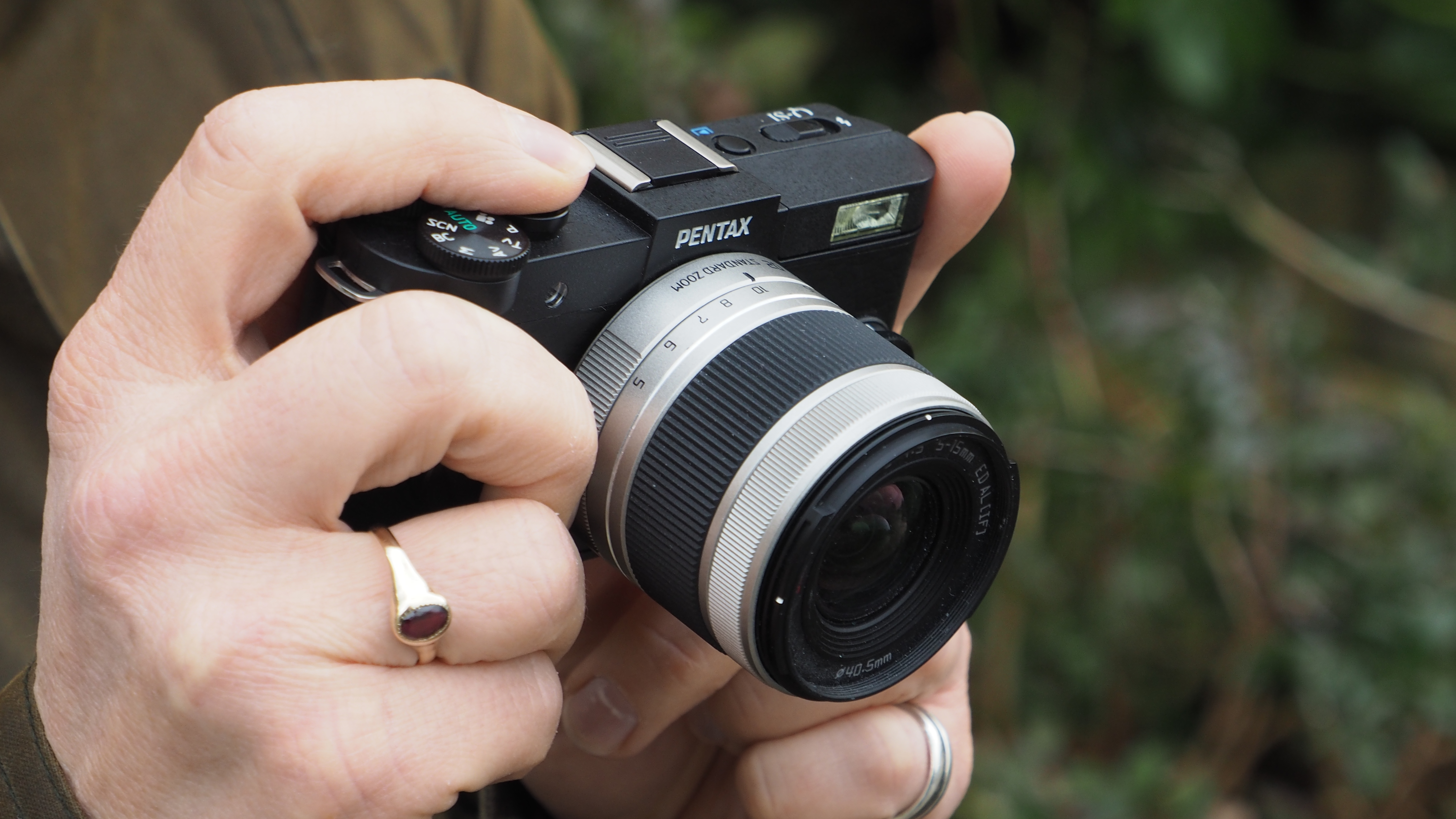Why you can trust TechRadar
We use a standardised resolution chart to test camera resolution (below) and DxO Analyzer hardware and software for measuring dynamic range and signal to noise ratio in laboratory conditions. Performance is checked both for JPEG images produced in-camera and raw files, which are converted into TIFF images for testing.
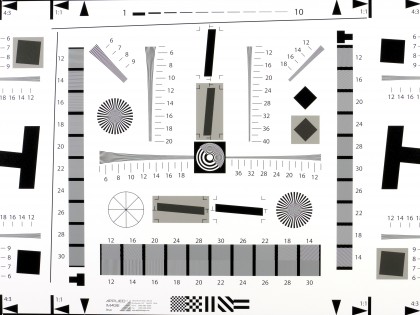
We also picked out for rivals to test against the Pentax Q-S1 – the Nikon 1 S2, Panasonic GM1 and Samsung NX Mini. You'll find the results of these comparisons below.
Resolution (JPEG and raw)
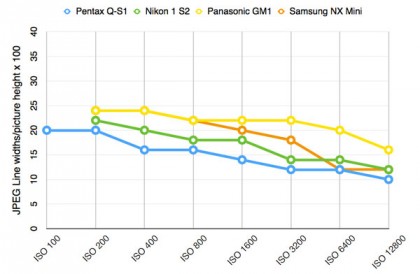
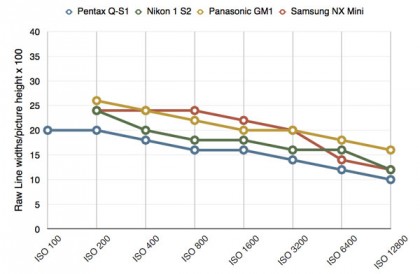
Analysis: The Pentax Q-S1 lags behind its rivals for resolution, both with JPEGs (top) and with raw files (above). The leader in this group is the Panasonic GM1, which has the largest sensor. The Pentax has the smallest.
Dynamic range (JPEG and raw)
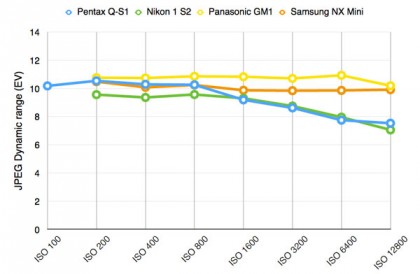
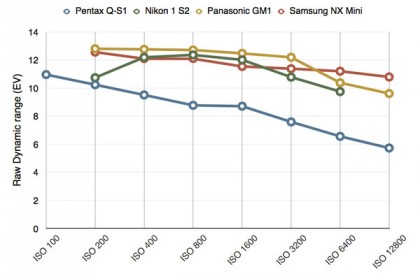
Analysis: Again, the Pentax Q-S1 produces the lowest figures. The difference is not obvious with JPEG images at low-medium ISO settings, but where the other cameras show improved dynamic range when you shoot raw files, the Pentax Q-S1 does not. That's bad news for photographers who rely on raw files to capture a wider brightness range.
Signal to noise ratio (JPEG and raw)
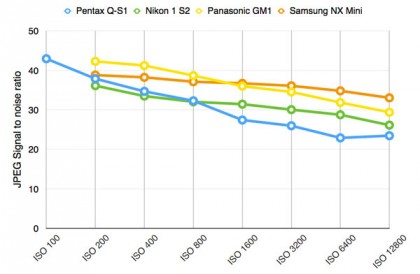
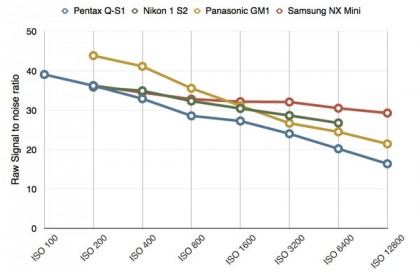
Analysis: For both JPEG and raw images, the Pentax Q-S1 has the lowest signal to noise ratio. This means that noise forms a larger part of the image detail, so you will see more graininess in images, especially at high ISOs. Again, this is directly related to sensor size, and demonstrates the disadvantage of the Pentax's smaller 1/1.7-inch sensor compared to the 1-inch sensors in the the Nikon 1 S2 and Samsung NX Mini, and the Micro Four Thirds sensor in the Panasonic GM1.
The Pentax Q-S1 offers good performance relative to high-end compact cameras with a 1/1.7-inch sensor, but it's a little out of its depth up against other CSCs.
Current page: Lab test results
Prev Page Introduction and features Next Page Performance and verdictAmy has been writing about cameras, photography and associated tech since 2009. Amy was once part of the photography testing team for Future Publishing working across TechRadar, Digital Camera, PhotoPlus, N Photo and Photography Week. For her photography, she has won awards and has been exhibited. She often partakes in unusual projects - including one intense year where she used a different camera every single day. Amy is currently the Features Editor at Amateur Photographer magazine, and in her increasingly little spare time works across a number of high-profile publications including Wired, Stuff, Digital Camera World, Expert Reviews, and just a little off-tangent, PetsRadar.
